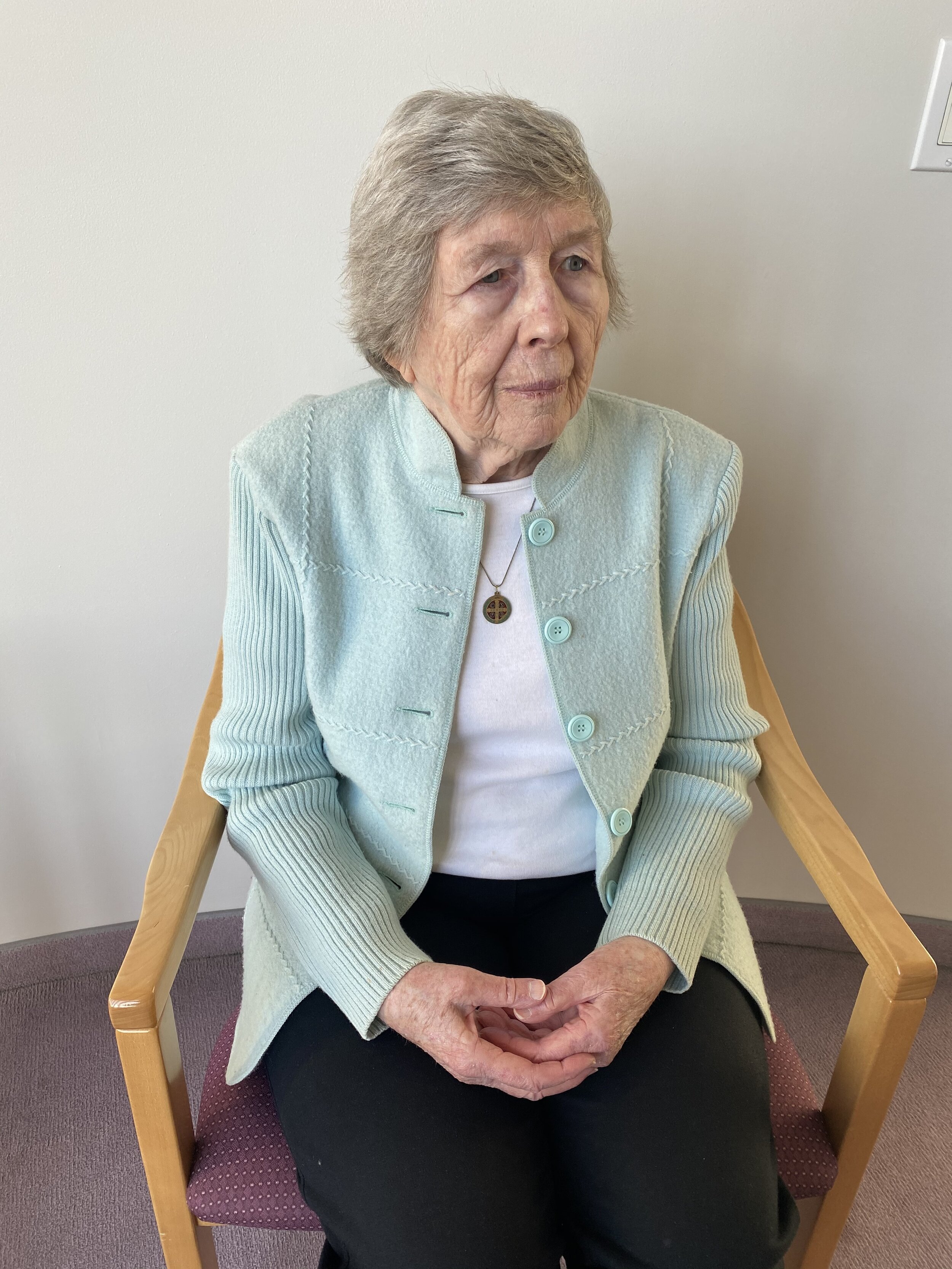What is Centering Prayer?
Referenced as early as the 5th century by the monk John Cassian, Centering Prayer has its roots in the desert, where the faithful withdrew to seek God in silence. Although the practice is similar to the eastern tradition of meditation, the objective is different. The goal is contemplation, and although many paths lead to contemplation (such as Lectio Divina), Centering Prayer is stunningly simple.
“Centering Prayer is a method of refining one’s intuitive faculties so that one can enter more easily into contemplative prayer,” Thomas Keating, OCSO, writes in his book on the subject, Open Mind, Open Heart. “It’s a discipline that is designed to withdraw our attention from the ordinary flow of our thoughts. We tend to identify ourselves with that flow, but there is a deeper part of ourselves. Centering Prayer opens our awareness to the spiritual level of our being.”
Sr. Catherine Cleary, OSB, notes this practice is a way of being with God without words. “It’s an opportunity to get out of your busy mind and into quiet, inner consciousness. By cultivating interior silence, you make space for God within you,” added Sr. Catherine.
“People have come to me in spiritual direction to ask, What can I do? I feel like these prayers aren’t working anymore,” Sr. Catherine says. “They may be feeling a readiness to deepen their relationship with God, and Centering Prayer is a good way to do that.”
“In Centering Prayer, you consent to the presence of God and the action of God within you,” Sr. Catherine says. “You don’t say any words. You let go of thoughts, emotions, feelings, and daydreams. This prayer is an act of will; it is not effort but consent. The will consents to God's presence, to grace. It consents to let God do the work.”
How to Practice Centering Prayer
Choose a quiet place and time of day, and begin with 20 minutes at a time.
Sit comfortably, back straight. Begin by saying a short prayer first, to prepare yourself for this sacred time.
Close your eyes and take up a sacred word – choose a one-syllable word like Peace or God. This signals your intention to withdraw from the everyday world and go into the deepest part of yourself. Thoughts will surface, but when they do, gently take up your word again and return to interior silence.
Don’t be disheartened by how many thoughts fill your head at first. By intending to rest in God, you allow God to take the lead. In this way, Centering Prayer is quite different from any other form of prayer.
"Centering Prayer is not just a prayer for God and me”, adds Sr. Catherine. “It draws one to greater love of neighbor, greater awareness of their communities, and a growing desire to bring change to our world.”
Recommended Reading
Keating advises against the natural desire to achieve something from Center Prayer. “Centering Prayer is designed to bring you into the present. Allowing ordinary thoughts to pass by, while waiting without expectation, is sufficient activity. View it as two friends sitting in silence, simply being in each other’s presence.”
Book Reccommendations:
Open Mind Open Heart by Thomas Keating, OCSO
Intimacy with God: An Introduction to Centering Prayer by Thomas Keating, OCSO

